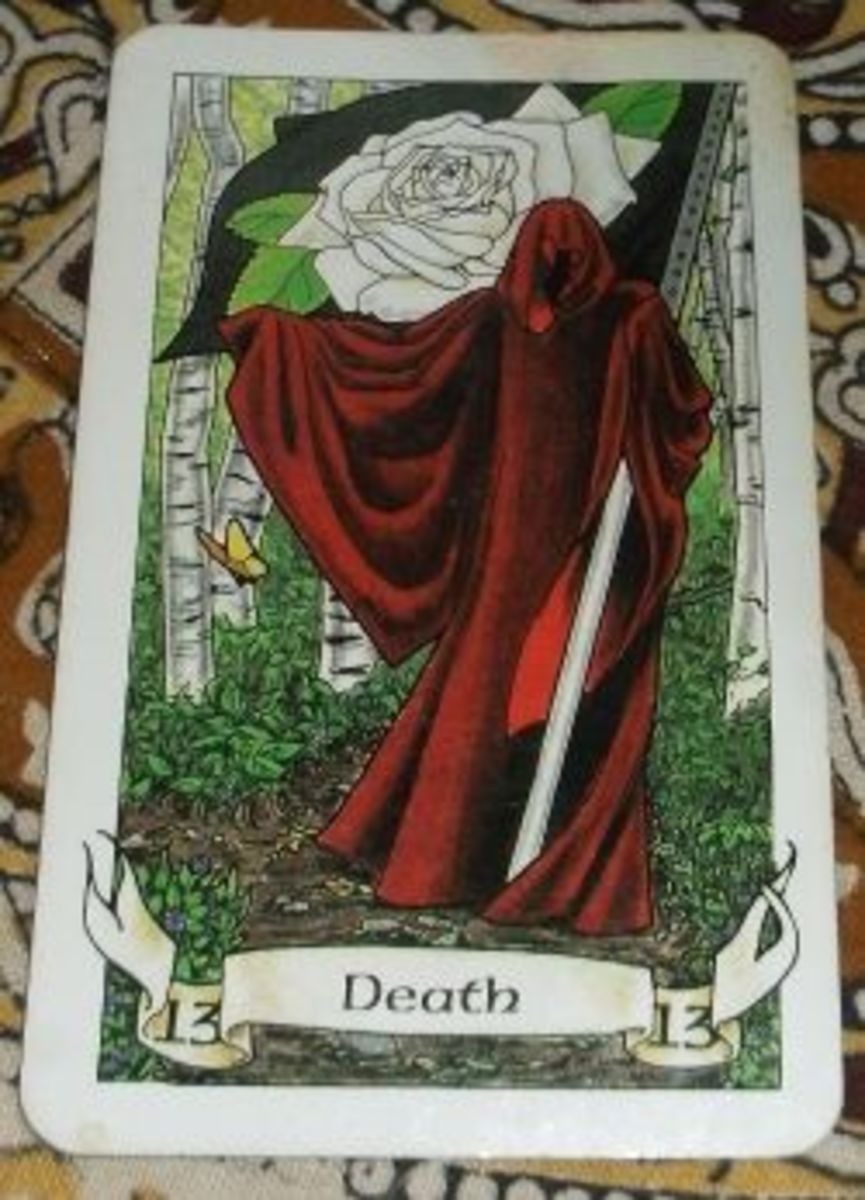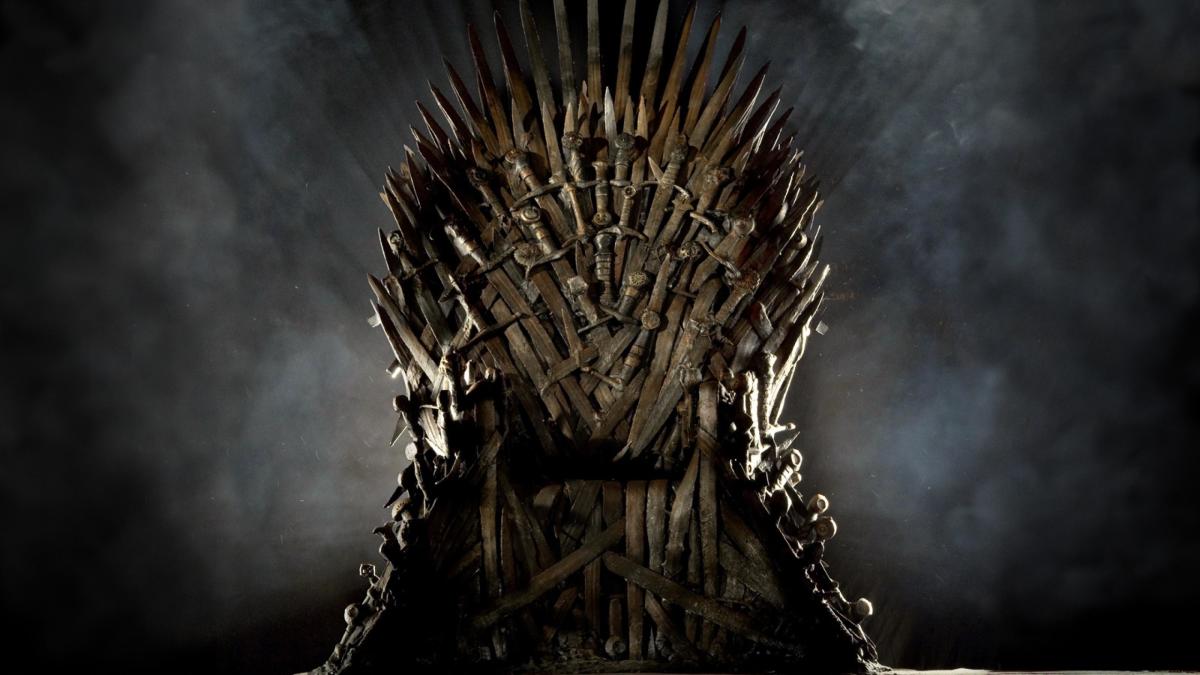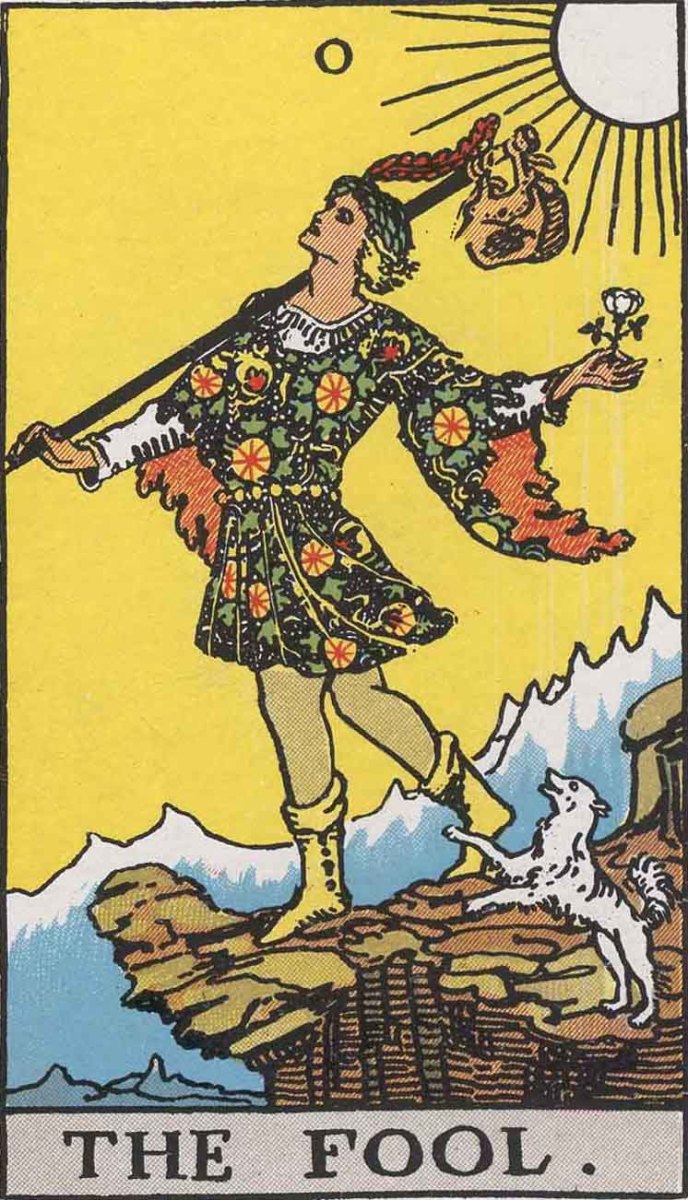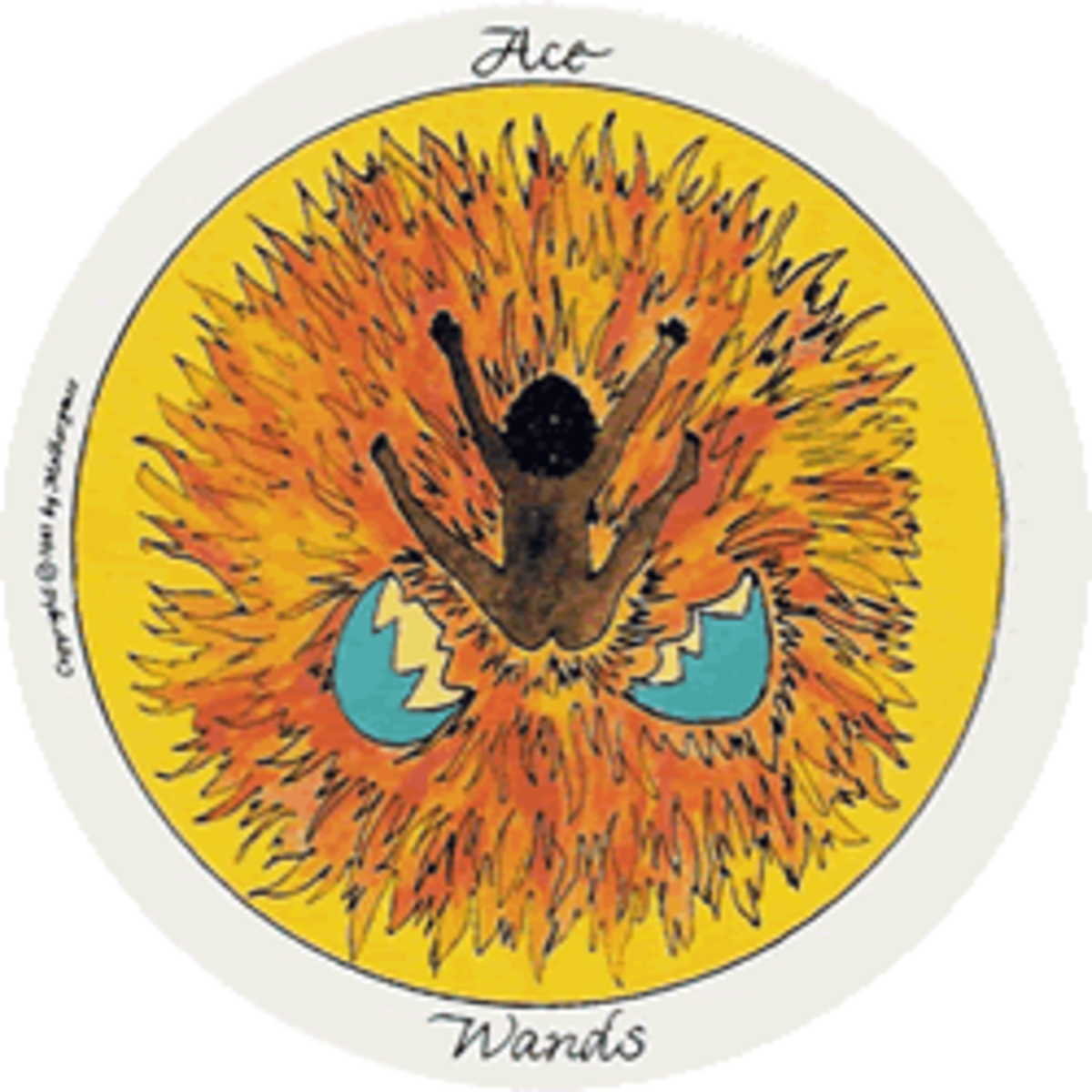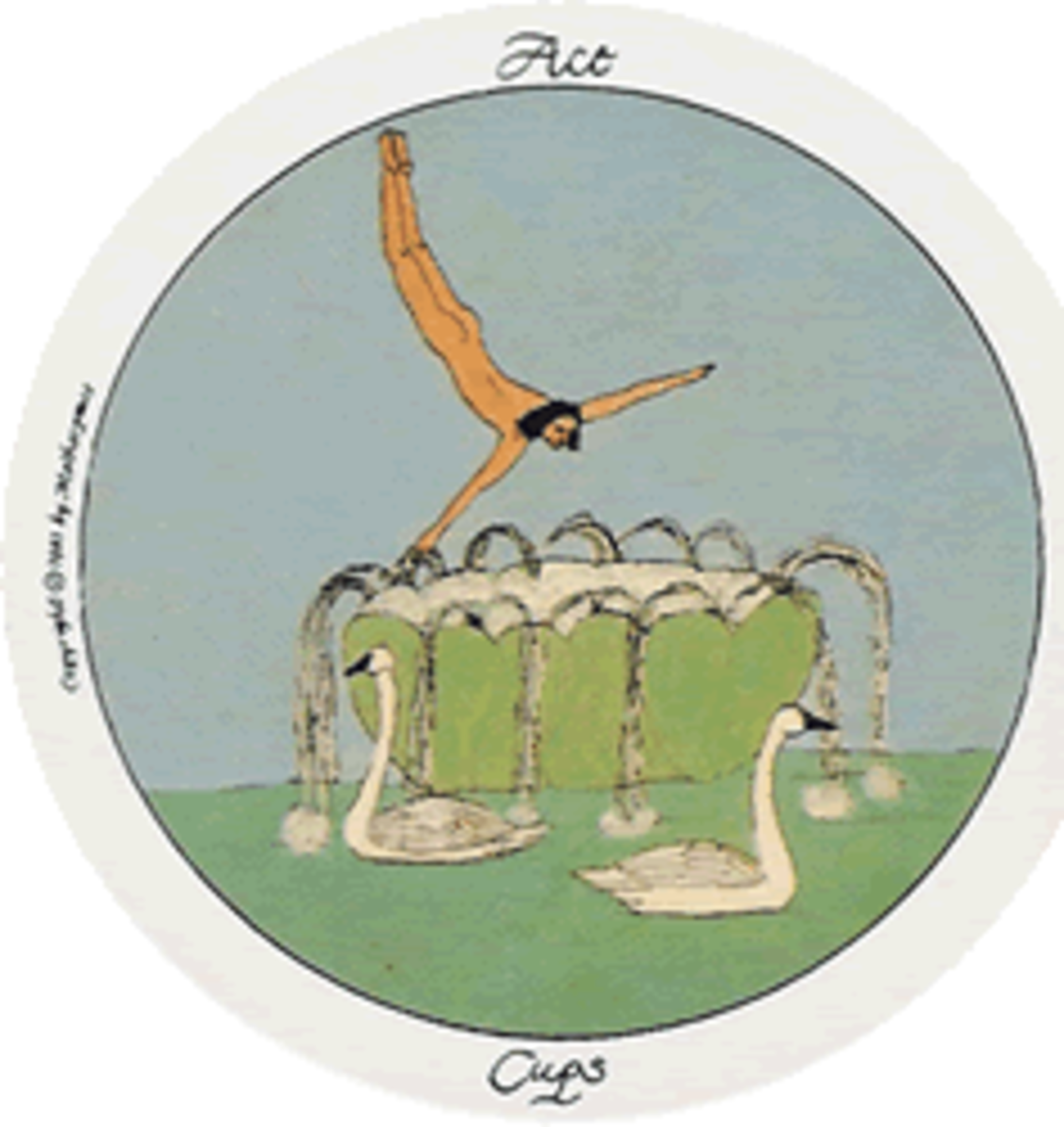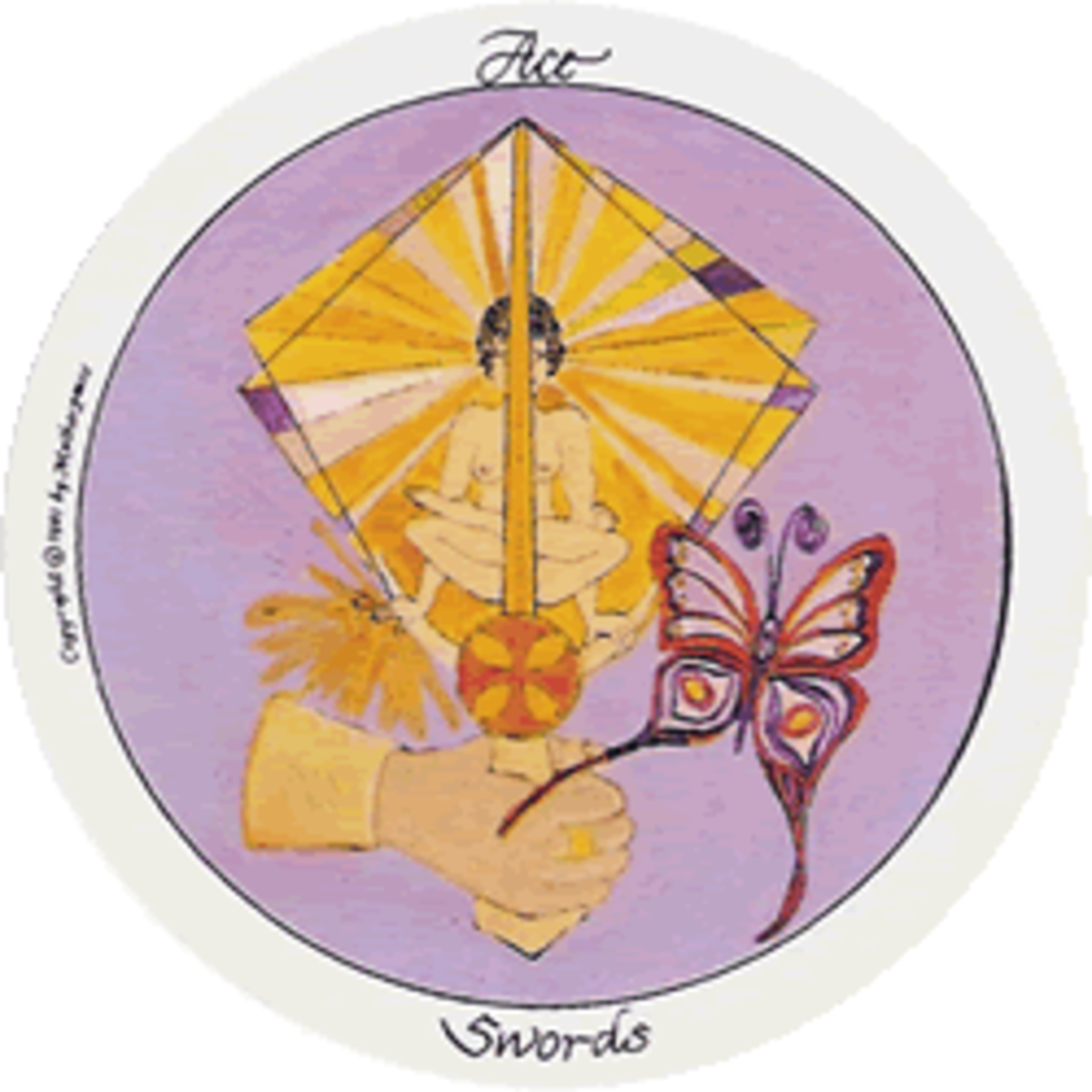Beginner's Guide: How to Read Tarot Cards

There are many ways to read tarot cards; however, if you want to learn how to read tarot cards you will need to know yourself first. How is it that you learn? Do you follow feelings? Are you observant? When you perform a tarot card reading, you will need to not just rely on your tarot cards, but you will need to rely on yourself as well. In this guide you are going to learn a couple basic ways to perform a real tarot card reading.
There are two main ways to read the tarot cards. One way is to memorize the meanings of the cards. The other way is to follow your instinct by looking at the cards. In order to memorize the cards you will study the cards and memorize the meanings that came inside the book that is normally included when purchasing a deck. No matter which way you decide to proceed with performing your tarot card reading, here are the steps to follow.
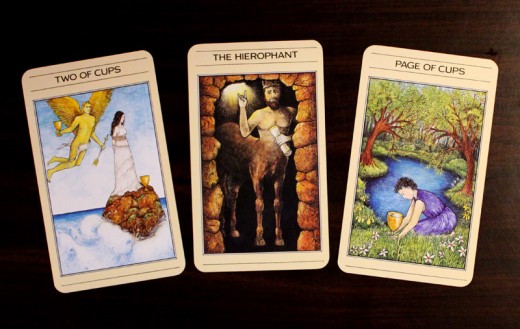
Step 1: You need to relax
Get yourself in a relaxed state. You need to be relaxed and have a quiet mind so that your intuition can be heard. Allow yourself to become comfortable and take deep, slow breathes. You need to visualize your exhaling as if every noise in your mind is being released.
Step 2: You will need to clear the deck.
Your cards will absorb energies from the readings and those who have touched them, you will need to clear your tarot card deck before the tarot card reading. In order to do this you will need to shuffle them.
Once you have shuffled your cards a few times, hold them in your hands and give it a bathing of light. You will visualize breathing a white light and sending it down onto your arms and right into the deck. This will clear the deck, as well as help you connect with them to help perform an accurate tarot card reading.
Step 3: Ask the question.
As you are holding your tarot card deck, ask the question quietly inside your mind. Some like to ask it out loud. If you do not have a certain question to be answered, you can just ask the cards what it is that you need to know at this moment.
Allow your question to settle into your deck. Imagine that the question has traveled from the mind, down the arms, and into your cards.
Step 4: Cut your tarot card deck.
Put the deck onto your table right in front of you. Using the left hand, cut your cards in half and put the top portion and place it to the left. Take the pile on the right and place it on top of the left pile.
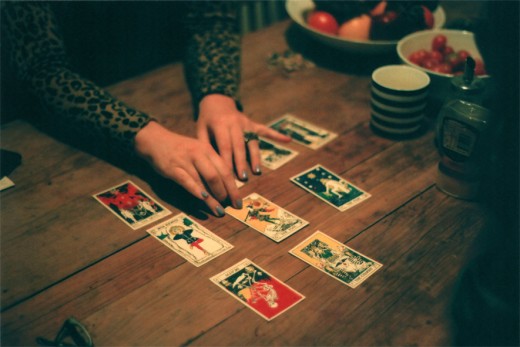
Step 5: Perform your tarot card reading.
Take the top cards and flip them over to face up into the spread of your choice. For the reading you may want to use a pen and a piece of paper so that you can log the experience and help you figure out your messages.
First Impression: You will need to notice the first though, reaction, or feeling that you have when you turned over your card. Most times, the first impression is loaded with a lot of intuitive insight due to the ego and mind not having a chance to come into play.
Body Messages: The intuition that is felt often times communicate with you using physical feeling like a tingly feeling or a tight stomach. Notice any physical sensations that you have.
Say the Card’s Name: When you do this it will create an open pathway to your mind. It will give you access to any new insights or information. Make note of how you feel when you are speaking the name out loud.
Card Colors: Make note of the colors on the card. Is there an absence of color? Is there a mix of different colors? This can oftentimes be an indicator of any issue that you may be dealing with.
Card Characters: Note what figures are on the card. Are they human or are they animals? What message do they seem to be bringing to you? Imagine that you have stepped into your card and are having a conversation with the character. What are they saying to you?
Card Symbols: Are there any symbols that stick out to you? What do the symbols mean to you personally? The tarot cards will communicate to you through hidden meanings and symbols. They can be seen when you take time and meditate on them.
Step 6: Closing out your tarot card reading.
Once you feel like you have gotten all of the information out of the reading that you can, it is time to close out the reading. You will need to hold the deck in your hands and thank them silently for their insights and their guidance. You will allow them to settle into your hands. Reshuffle them and return them into their resting place whether it be their box or a special container that you designated theirs.



